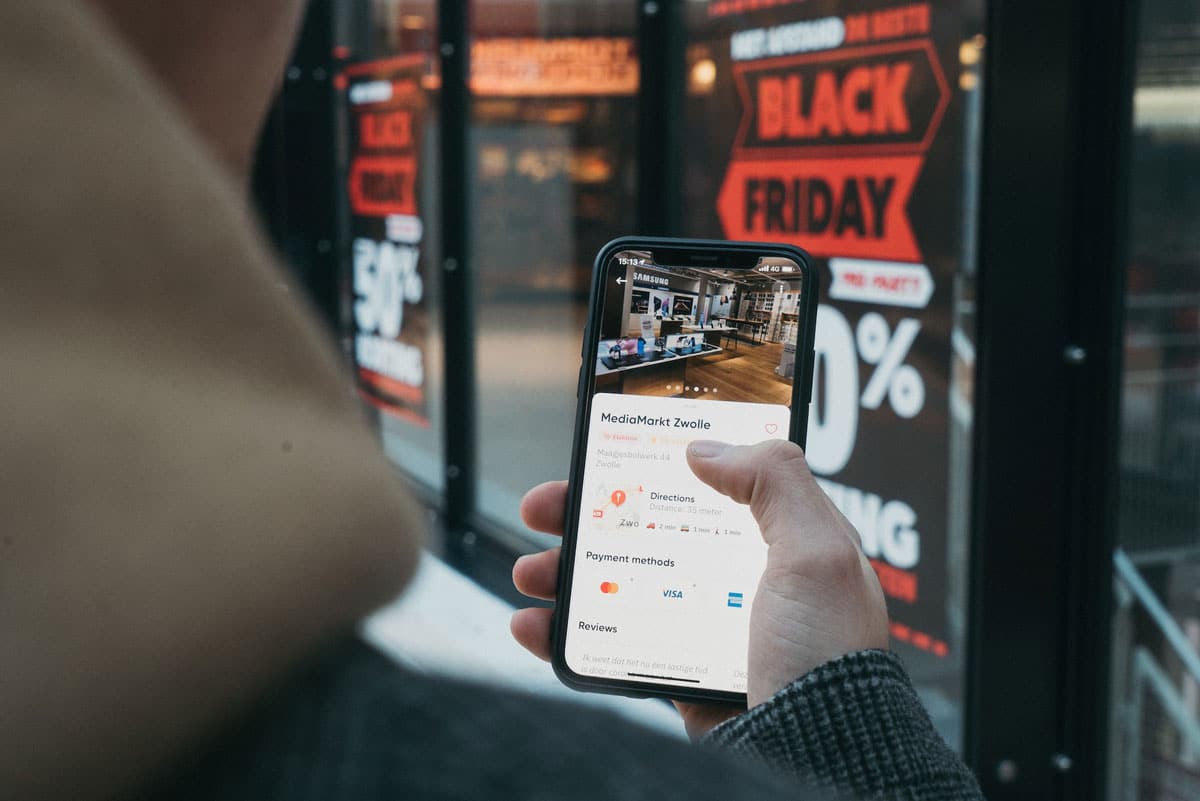

The rise in omnichannel marketing strategies has generated a new shopping paradigm where consumers have unlimited access to products and drive brand profitability based on their purchasing decisions. With customers impacting brand value and success, it’s crucial to develop business models that connect directly to the customer and shape their purchasing decisions and experiences.
One way to accomplish this is through consumer sentiment and VoC (voice of the customer) — two interrelated concepts indicating customers’ shopping habits, preferences, expectations, and feedback and experiences with your brand.
So, how can you leverage these areas to drive sales, maximize ROI, and regain control over your brand?
Before implementing customer-centric practices into your business model, you must evaluate and measure consumer sentiment and VoC. This requires aggregating data points to maximize precision and generate measurable results. But, with many data collection methods and sources and multiple factors influencing these metrics, it’s often challenging to focus on a specific strategy.
According to Gautam Kanumuru, Co-founder and CEO of Yogi, and Haithem Elembaby, Yogi’s Head of Sales, data collection depends largely on factors such as a brand’s size, sector, and selling model. For instance, social media is a viable method for CPG brands to capitalize on consumer and industry trends. Similarly, focus groups and surveys allow brands to raise awareness and obtain feedback on new product launches, much like reviews and ratings provide DTC brands with valuable insights into shopper experiences and expectations.
As Haithem says, by having “the right technology that allows you to get a granular view [of the data], you can expose a lot of hidden issues, opportunities, and trends that can help with decision-making across the organization.” Experimenting with various data analytics and collection methods allows you to determine the best path forward for product positioning, messaging, and innovation.
Creating a business approach that is both shopper-centric and profitable entails assessing behavioral trends related to consumer sentiment and VoC. One prevalent trend brands should consider is price and value sentiment. With inflation and price increases, consumers want more value for their dollar, and products that meet their specific demands have a higher sales rate.
Another key consumer purchasing trend is the effect of negative feedback on brand performance. According to Gautam, “reviews and ratings are read by anywhere between 80 and 90% of shoppers before they make a purchase.” This means that even a few negative reviews can impact conversion rates and sales.
Staying on top of trends allows you to regulate your brand’s performance and determine its success.
Once you’ve established the exact data points influencing customers’ purchasing decisions, you can hone your products to meet their demands. Shoppers have access to a myriad of product information regarding pricing, availability, usage, and ratings, making them selective of the products they decide to purchase.
When considering the scope of customer knowledge, not every product or brand is the right fit for each person. So, it’s essential to utilize your data points to identify your ideal customers and customize your product messaging to solve personal use cases and create favorable purchase and post-purchase experiences that meet their expectations and preferences.
By leveraging these fundamental customer personalization strategies and assessing trends and data points, you can optimize conversion rates and generate sales and ROI.